Inverse Functions Algebra 1 Worksheet
Are you an algebra 1 student in search of practice materials to strengthen your understanding of inverse functions? Look no further! This blog post introduces an algebra 1 worksheet focused on inverse functions. Designed for students who have a basic understanding of functions and are ready to explore the concept of inverses, this worksheet offers a diverse range of problems to test your skills and deepen your comprehension.
Table of Images 👆
More Other Worksheets
Kindergarten Worksheet My RoomSpanish Verb Worksheets
Cooking Vocabulary Worksheet
DNA Code Worksheet
Meiosis Worksheet Answer Key
Art Handouts and Worksheets
7 Elements of Art Worksheets
All Amendment Worksheet
Symmetry Art Worksheets
Daily Meal Planning Worksheet
What is an inverse function?
An inverse function is a function that undoes the action of another function. It is denoted as f^(-1) and when composed with the original function f, it returns the input back to its original value. In other words, if f(a) = b, then f^(-1)(b) = a. Inverses are important in mathematics for solving equations and understanding the relationship between functions.
How do you determine if two functions are inverses of each other?
To determine if two functions are inverses of each other, you need to check if the composition of the functions results in the identity function. In other words, if the composition of function f(x) and function g(x) equals x for all x in their respective domains, then f and g are inverses of each other. This is represented mathematically as f(g(x)) = g(f(x)) = x.
How do you find the inverse of a function algebraically?
To find the inverse of a function algebraically, you typically swap the roles of x and y in the original function and then solve for the new y. This involves solving for y in terms of x. If the resulting equation can be expressed explicitly as y = f^(-1)(x), then you have successfully found the inverse function. Just remember that not all functions have inverses, especially if the original function is not one-to-one.
What is the domain of a function and its inverse?
The domain of a function is the set of all possible input values for which the function is defined. The domain of a function's inverse is the set of all possible output values for which the inverse function generates a valid input. In other words, the domain of the inverse function is the range of the original function.
What is the range of a function and its inverse?
The range of a function is the set of all possible output values that the function can produce. On the other hand, the range of the inverse function is the set of all possible input values that the inverse function can produce. The range of a function and its inverse are complementary to each other, meaning that the range of the function is equivalent to the domain of its inverse, and vice versa.
How can you determine if a graph represents an inverse function?
To determine if a graph represents an inverse function, you can conduct the horizontal line test. If a horizontal line intersects the graph at most once, then the graph represents an inverse function. This test ensures that each x-value (input) corresponds to only one y-value (output), which is a key characteristic of inverse functions.
Can a function have more than one inverse? Why or why not?
A function can have more than one inverse only if it is not a one-to-one (injective) function. In other words, a function can have multiple inverses if it maps more than one input to the same output. If a function is not one-to-one, then different inputs can lead to the same output, making it impossible for the function to have a unique inverse. However, if a function is one-to-one, then each input corresponds to a unique output, and it will have a unique inverse.
How do you compose functions and their inverses?
To compose a function and its inverse, you simply need to evaluate the function and then evaluate its inverse at that result. This means that f(g(x)) = x and g(f(x)) = x for a function f and its inverse g. Composing functions and their inverses allows you to "undo" a transformation, as the inverse undoes the original function's operation.
How are the graphs of a function and its inverse related?
The graphs of a function and its inverse are symmetric about the line y=x. This means that if you reflect one graph across the line y=x, you will obtain the other graph. This symmetry demonstrates the relationship between a function and its inverse, as they essentially undo each other's operations when composed together, resulting in the identity function.
What are the applications of inverse functions in real-life situations?
Inverse functions have several real-life applications, such as in cryptography where they are used to encrypt and decrypt sensitive information, in engineering for solving problems related to control theory and signal processing, in economics for analyzing demand and supply functions, and in navigation systems for determining the coordinates of a location based on its distance and direction from a reference point. Additionally, inverse functions are utilized in physics for solving problems related to motion, energy, and wave functions, as well as in medical imaging for reconstructing 3D images from 2D data.
Have something to share?
Who is Worksheeto?
At Worksheeto, we are committed to delivering an extensive and varied portfolio of superior quality worksheets, designed to address the educational demands of students, educators, and parents.

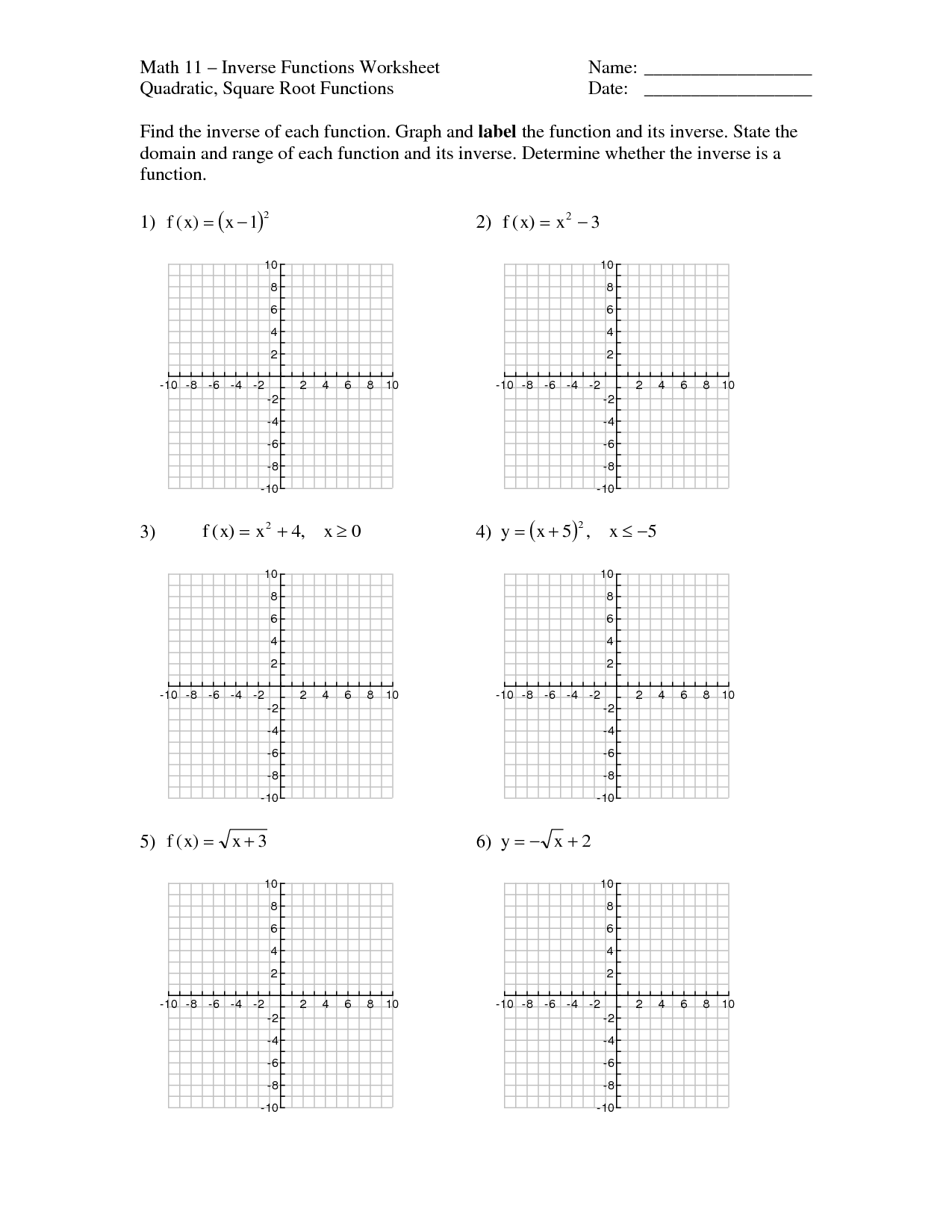




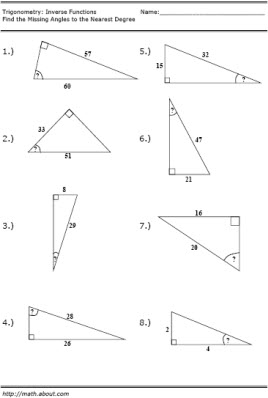
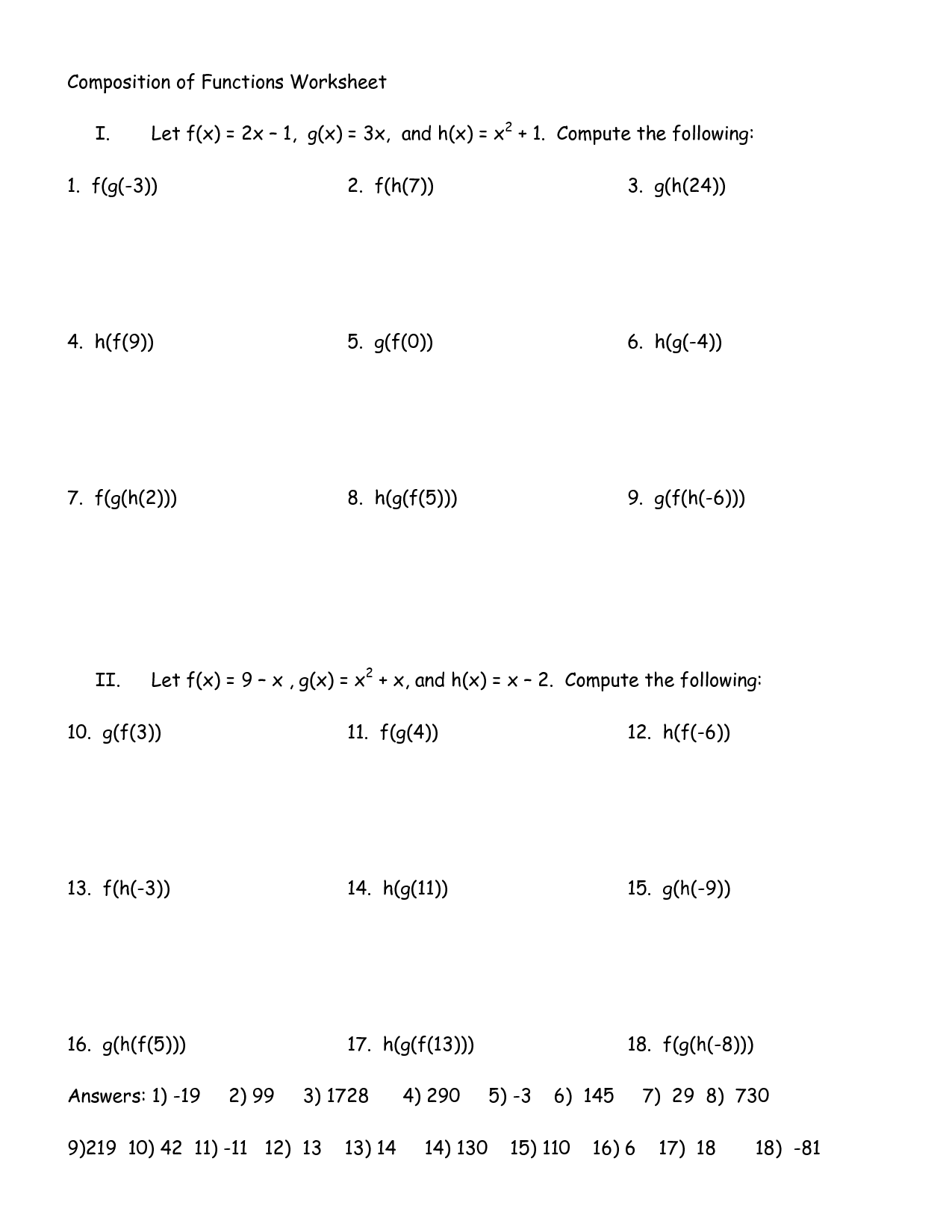
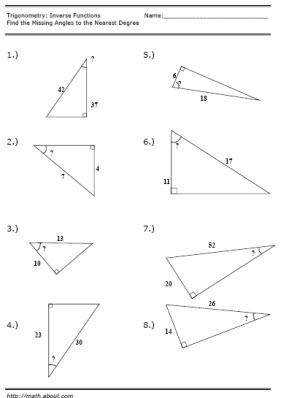
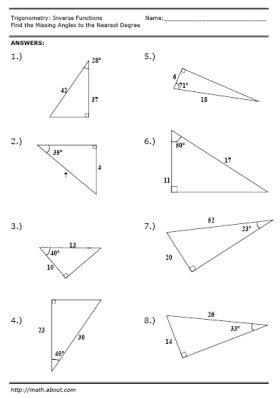
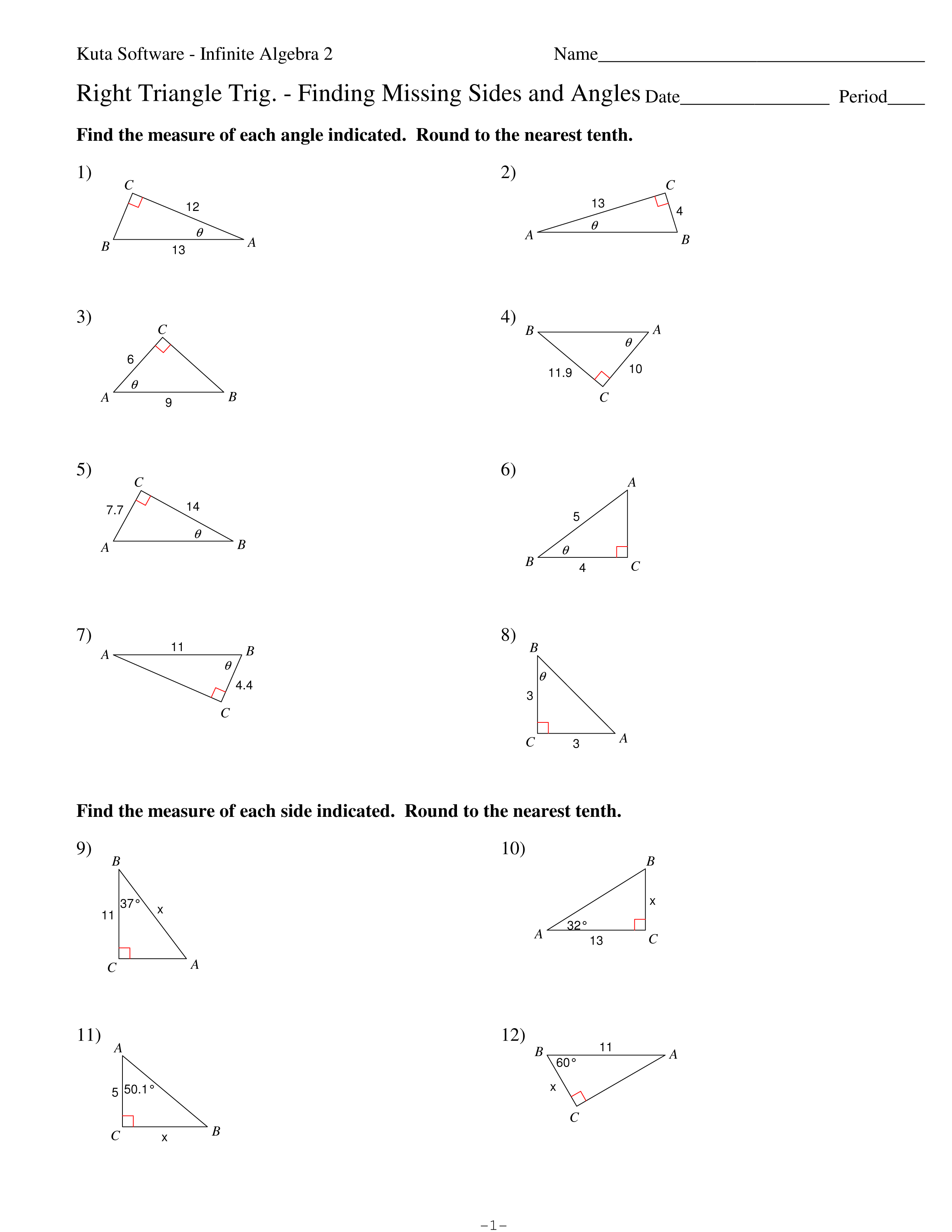














Comments